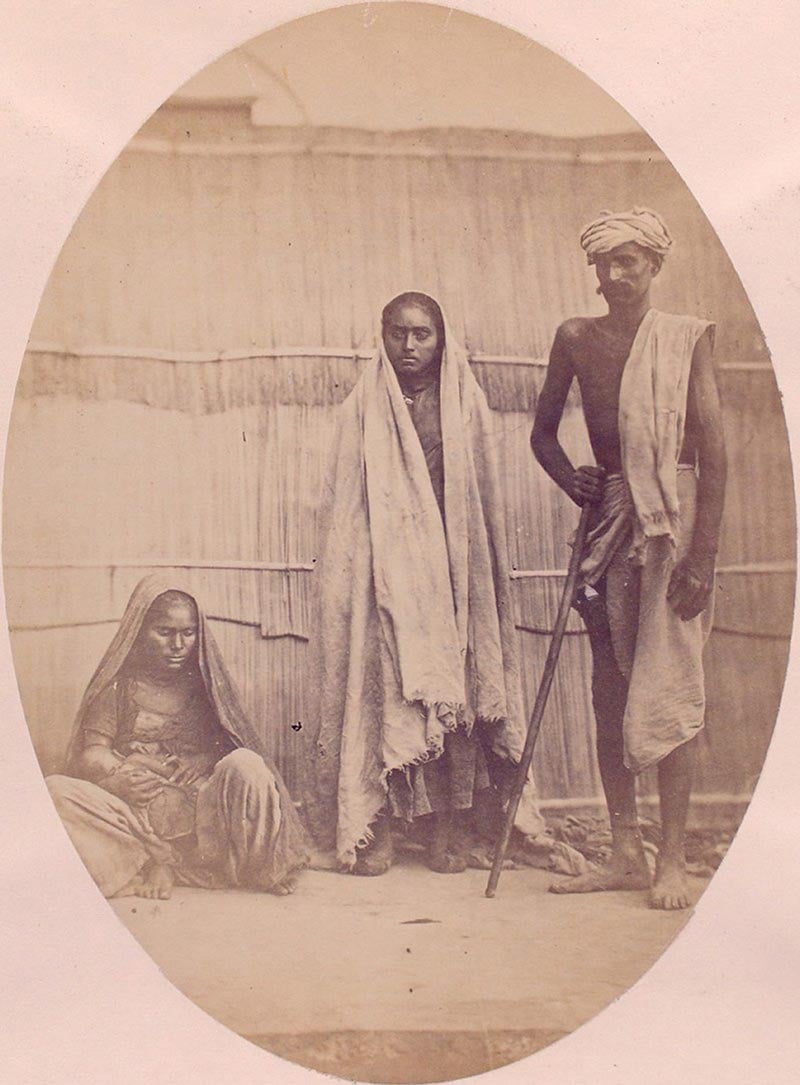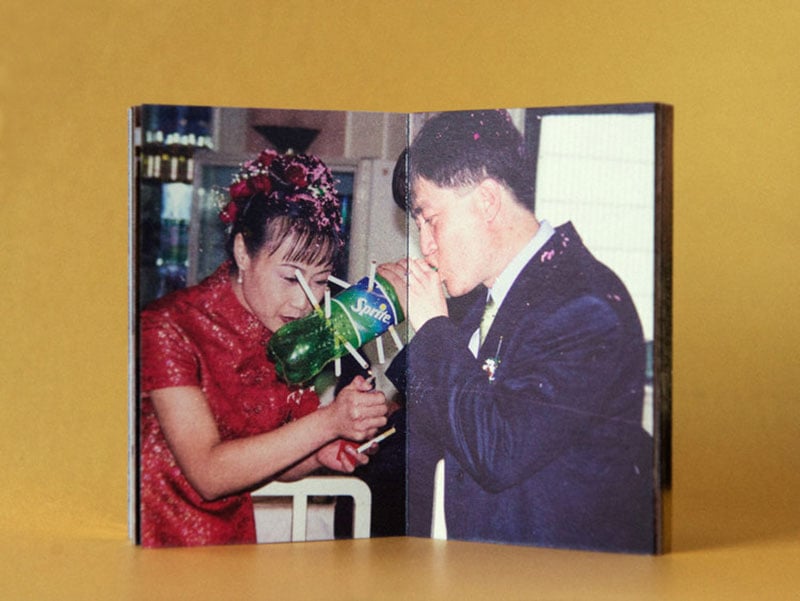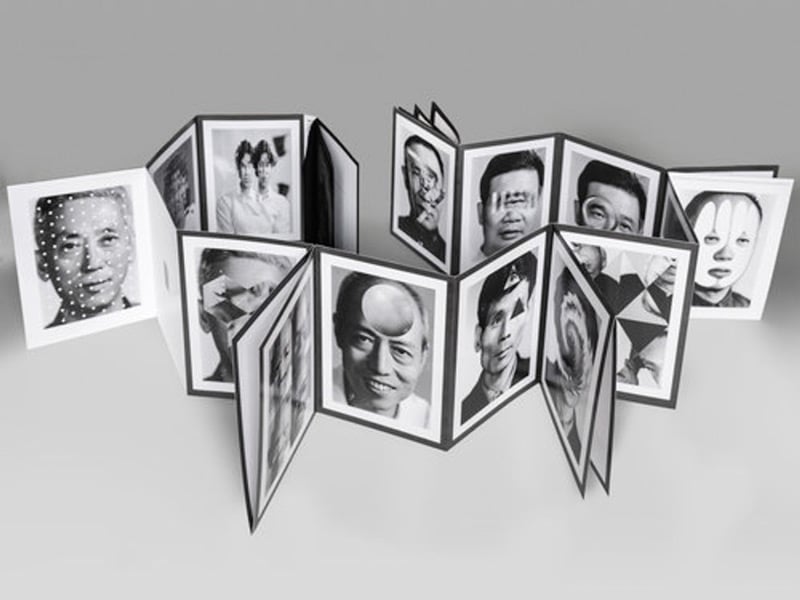In this month’s blog post on Photobooks, we look at how different photographers have used archival images through the Victorian colonial photobook, The People of India, and the inventive contemporary publishing of Beijing Silvermine, an enterprise intent on creating its own archive from discarded negatives.
Read more about Photobooks in previous blogs:
- Portraits, Power, and the Generosity of the Photograph
- Laia Abril and Rafal Milach: Windows on the world of Misogyny
- The Grid: Bringing Order, Comparison and Narrative to the Story
- Women and Photobooks: Unwriting History
The People of India
John Forbes Watson and William Kaye
Between 1868, John Forbes Watson and John William Kaye published the 8-volume set, The People of India. It’s a book which contains images of the different peoples of India. They stand before neutral backgrounds, face-on to the camera, their pictures facing an accompanying text that categories peoples according to colonial standards of respectability and usefulness. This is how the Sansi are described (they were placed under the Criminal Tribes Act in 1871).
The sansees are a nomadic tribe found chiefly in Lahore, the Manjha, and Sealcote. They live by hunting and thieving; but an attempt has been made, with some hope of success, to induce them to settle down to agricultural pursuits.’
In Photography in India, the book is described ‘a one of the most important nineteenth century attempts to harness photography to an ethnographic project’. The way in which the images were made, stored, and disseminated is consistent with archival approaches, as are the one-sided power relations embedded in them; the people featured in the book had no say in how they were photographed and presented. The book then becomes the archive, an archive that is synonymous with colonial power.
In Staging the Archive, Ernst van Alphen looks at what archives are (they are not boxes of family pictures found in the attic), how they are stored, how they are used, and how they can be recontextualised, restaged and reused.
Beijing Silvermine
Thomas Sauvin
That overarching view of what the archive is and how it can be recontextualised and revitalised is exemplified by the brilliant work of Thomas Sauvin and his Beijing Silvermine. It’s an approach that is diametrically opposite to the People of India.
Beijing Silvermine gets its name from its origin story. While walking around Beijing, Thomas Sauvin saw a man carrying sacks of old negatives to be recycled for silver. An idea stirred in his mind, he began buying the negatives and recycling them for their visual content. And so the archive was born.
The images he found have become a guide both to a vernacular history of photography and the patterns of tourism, consumption, and celebration that have taken place in China, since the economic development that started in the 1980s in particular. In a series of inventive collaborations, these works have been published in dynamic photobook form.
MeTV shows a series of images (culled from the mass of discarded negatives) posing by her new television, an indicator of the rise in incomes in the post-Mao years, Qanshen, while Until Death Do Us Part contains images of smoking huge numbers of cigarettes at weddings, part of the less healthy responses to rising prosperity.
With Beijing Silvermine, Sauvin creates a new archive. It is one of huge social importance, a visual diary of the consumer trends in China. At the same time, he also creates a new way of looking at the archive. Rather than wending your way through alphabetical lists and drawers of file, there is a tactile engagement with design that reflects the visual material he is working with. This is evident in works like Xian and No More No Less, but also in Anything that Walks, a visual exploration of recent Chinese recipes presented in menu form.
Improve your knowledge of historical and contemporary photography with an online photography degree from Falmouth Flexible:
Most notable, however, is Beijing Silvermine’s most successful publication. Until Death Do Us Part is cigarette package sized, comes with a cover featuring lines of cigarettes, is wrapped in cellophane like a cigarette package and contains a shred of original tobacco for the full sensory experience.
With Beijing Silvermine, Thomas Sauvin doesn’t just create an archive, he also presents a new way of looking at and engaging with the archive, a way that is physical, tactile, and sensory.
 Colin Pantall is a photographer, writer and lecturer and teaches on the MA Photography programme at Falmouth University.
Colin Pantall is a photographer, writer and lecturer and teaches on the MA Photography programme at Falmouth University.
.webp)















